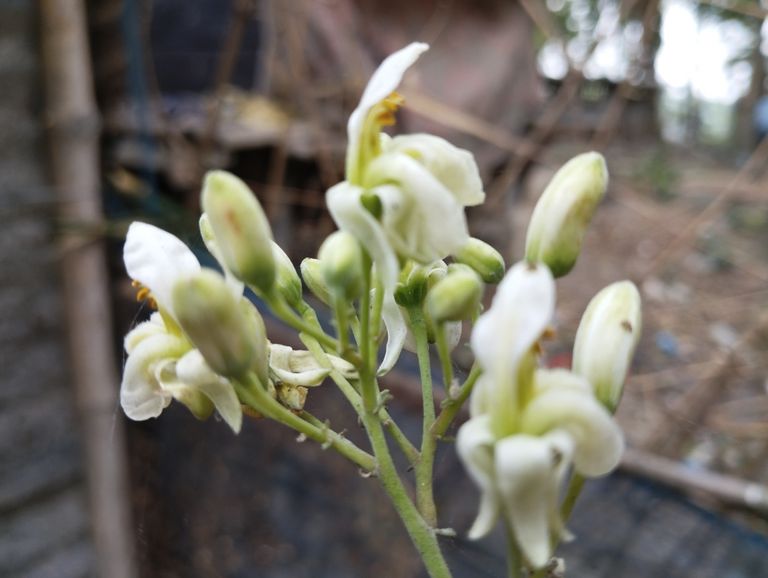
The Shedding of Najoni Flowers Causes, Prevention, and Cultural Significance.
Flowers have always held a deep symbolic and aesthetic value in human culture. One such flower, the Najoni flower, is admired for its delicate beauty and fragrance. However, a common concern among gardeners and flower enthusiasts is the premature shedding of Najoni flowers. In this blog, we will explore the reasons behind this phenomenon, ways to prevent excessive shedding, and the cultural significance of this beautiful flower.
- Understanding the Najoni Flower
Origin and Characteristics
The Najoni flower is known for its exquisite petals, often found in shades of white, pink, or purple. It thrives in tropical and subtropical climates, blooming seasonally and attracting pollinators such as bees and butterflies.
Why Does the Najoni Flower Shed?
Like all flowering plants, Najoni flowers undergo natural shedding as part of their life cycle. However, excessive shedding can indicate environmental stress or improper care.
- Causes of Premature Shedding
A. Environmental Factors
- Temperature Fluctuations
Extreme heat or sudden cold snaps can weaken the flower, causing premature shedding.
Ideal temperatures range between 20°C to 30°C (68°F to 86°F).
- Humidity Imbalance
Too much humidity can lead to fungal infections, while too little can cause dehydration.
Maintaining balanced humidity (50-70%) is crucial.
- Strong Winds and Heavy Rainfall
Harsh winds and heavy rain can physically damage the delicate petals, leading to early shedding.
Providing shelter or wind barriers can help protect the flowers.
B. Soil and Watering Issues
- Overwatering or Underwatering
Too much water can cause root rot, while too little results in dehydration.
The soil should be moist but well-drained, avoiding water stagnation.
- Nutrient Deficiency
Lack of essential nutrients like potassium, phosphorus, and magnesium can weaken the flowers.
Using organic compost or balanced fertilizers ensures healthy growth.
C. Pests and Diseases
- Common Pests
Aphids, spider mites, and caterpillars can damage flower buds, leading to premature shedding.
Regular inspection and organic pesticides can help control infestations.
- Fungal and Bacterial Infections
Diseases like powdery mildew and bacterial blight can weaken the plant.
Ensuring proper air circulation and avoiding overhead watering reduces risks.
- Prevention and Care Tips
A. Optimizing the Environment
Plant in a suitable location: Choose an area with partial sunlight and protection from strong winds.
Use mulch: Mulching around the base retains moisture and regulates temperature.
Monitor weather conditions: Providing temporary shade or covering plants during extreme weather helps prevent stress.
B. Proper Watering and Soil Management
Water regularly but wisely: Morning watering is best to prevent fungal growth.
Improve soil quality: Adding compost and organic matter enhances fertility and drainage.
C. Pest and Disease Control
Use organic insecticides: Neem oil and soapy water solutions help control pests.
Prune damaged flowers: Removing infected or weak blooms promotes healthier growth.
Ensure good airflow: Avoid overcrowding plants to reduce humidity buildup.
- Cultural and Symbolic Significance of the Najoni Flower
A. Symbolism in Folklore
In many cultures, the Najoni flower symbolizes purity, love, and transformation. Some traditions believe that a falling Najoni flower brings good luck and renewal, while others see it as a sign of change.
B. Use in Festivals and Rituals
Decorations: The flower is widely used in weddings and religious ceremonies.
Medicinal Uses: Traditional healers use Najoni flowers for remedies related to stress and skin conditions.
Perfumery: The delicate fragrance makes it a popular choice for natural perfumes.
- Conclusion
The shedding of Najoni flowers is a natural process, but excessive shedding can be managed with proper care. By understanding the causes—such as environmental stress, watering habits, and pest infestations—we can take preventive measures to ensure healthier blooms. Additionally, the cultural significance of the Najoni flower adds to its beauty, making it a cherished plant across different traditions.
If you have experience growing Najoni flowers, share your insights in the comments! What methods do you use to keep them healthy and vibrant?

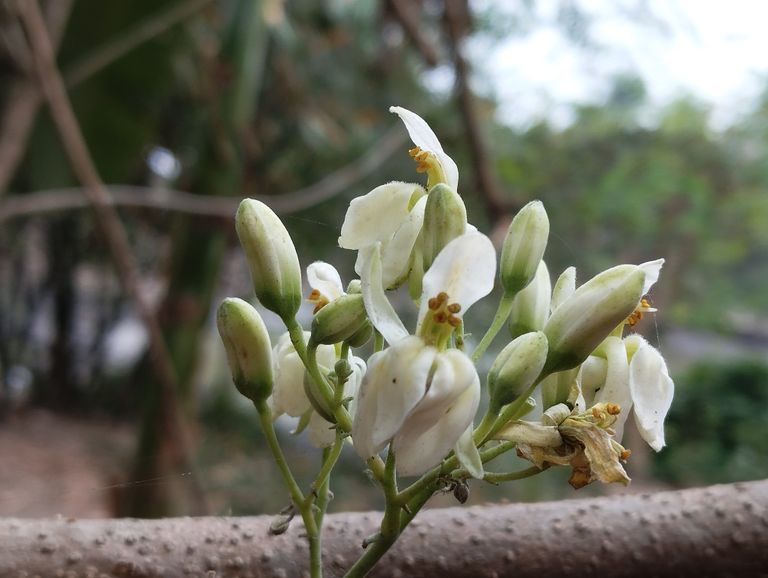
The Benefits of Consuming Dates (Naznon)
Dates, often referred to as "Naznon" in some regions, are a powerhouse of nutrients and have been consumed for thousands of years due to their health benefits. These delicious fruits come from the date palm tree (Phoenix dactylifera) and are packed with essential vitamins, minerals, and antioxidants. In this blog, we will explore the numerous health benefits of eating dates and why they should be a part of your daily diet.
- Rich in Nutrients
Dates are incredibly nutritious and provide a wide range of essential nutrients. A 100-gram serving of dates contains:
Calories: 277 kcal
Carbohydrates: 75g
Fiber: 7g
Protein: 2g
Potassium: 696mg (20% of Daily Value)
Magnesium: 54mg (14% of Daily Value)
Iron: 0.9mg (5% of Daily Value)
Vitamin B6: 0.2mg (12% of Daily Value)
These nutrients contribute to overall well-being and support various bodily functions.
- Boosts Energy Levels
Dates are an excellent natural energy booster due to their high carbohydrate content. They contain natural sugars like glucose, fructose, and sucrose, which provide an instant energy boost. This makes dates a great snack for athletes, students, or anyone needing a quick source of energy.
- Improves Digestive Health
Dates are rich in dietary fiber, which promotes healthy digestion. Fiber helps in:
Preventing constipation
Promoting regular bowel movements
Supporting gut health by feeding beneficial bacteria
Eating a few dates daily can keep your digestive system functioning smoothly.
- Supports Heart Health
Dates contribute to a healthy heart in several ways:
Regulates Blood Pressure: Dates are rich in potassium and low in sodium, which helps maintain a healthy blood pressure level.
Lowers Bad Cholesterol (LDL): The fiber and antioxidants in dates help reduce cholesterol buildup in the arteries.
Reduces Risk of Stroke: Studies suggest that potassium-rich foods like dates can lower the risk of stroke.
Including dates in your diet can significantly improve cardiovascular health.
- Strengthens Bones and Teeth
Dates contain essential minerals like calcium, phosphorus, and magnesium, which are crucial for bone health. Regular consumption of dates can help:
Prevent osteoporosis
Strengthen bones and teeth
Reduce the risk of bone-related disorders
This makes dates particularly beneficial for older adults.
- Enhances Brain Function
Dates have neuroprotective properties and can boost brain health. They contain antioxidants like flavonoids and carotenoids that help:
Reduce inflammation in the brain
Lower the risk of neurodegenerative diseases like Alzheimer’s
Improve memory and cognitive function
Including dates in your diet may support better brain health and prevent age-related mental decline.
- Aids in Weight Management
Despite being high in natural sugars, dates can help with weight management when consumed in moderation. Their fiber content helps you feel full for longer, reducing overall calorie intake. Additionally, dates can be a healthier alternative to processed sweets.
- Supports a Healthy Pregnancy
Dates are highly beneficial for pregnant women. They can:
Provide essential nutrients for mother and baby
Reduce the need for artificial sugar intake
Strengthen uterine muscles, aiding in labor
Help prevent anemia due to their iron content
Many studies suggest that eating dates in the last weeks of pregnancy may help with smoother labor.
- Improves Skin and Hair Health
The vitamins and antioxidants in dates contribute to better skin and hair health.
Vitamin C & D: Help maintain skin elasticity and prevent aging.
Iron & Zinc: Promote hair growth and prevent hair loss.
Antioxidants: Protect the skin from damage caused by free radicals.
Adding dates to your diet can give you naturally glowing skin and strong hair.
- Natural Remedy for Anemia
Iron deficiency anemia is common, especially among women. Dates are a great natural source of iron, which helps:
Increase red blood cell production
Improve oxygen circulation in the body
Reduce symptoms of fatigue and weakness
Consuming dates regularly can help prevent and treat anemia naturally.
- Supports Immune System
Dates contain antioxidants like flavonoids, carotenoids, and phenolic acid, which strengthen the immune system. These compounds help:
Fight infections
Reduce inflammation
Protect cells from damage
Including dates in your diet can improve your body’s ability to fight off diseases.
- Improves Sexual Health
Dates have been used for centuries as a natural aphrodisiac. They contain amino acids and minerals that enhance:
Libido and sexual stamina
Sperm quality and count in men
Hormonal balance in both men and women
A traditional remedy includes soaking dates in milk overnight and consuming them the next morning to boost sexual health.
How to Include Dates in Your Diet
There are many delicious ways to enjoy dates:
Eat them as a snack
Add to smoothies for natural sweetness
Use in baking (cakes, cookies, energy bars)
Mix with nuts and seeds for a healthy trail mix
Blend with yogurt or oatmeal for a nutritious breakfast
Conclusion
Dates are a superfood packed with numerous health benefits. Whether you need an energy boost, better digestion, improved heart health, or stronger bones, dates can be a valuable addition to your diet. Their natural sweetness makes them a great substitute for processed sugar, promoting overall well-being.
Start including dates in your daily routine and experience their amazing benefits for yourself!
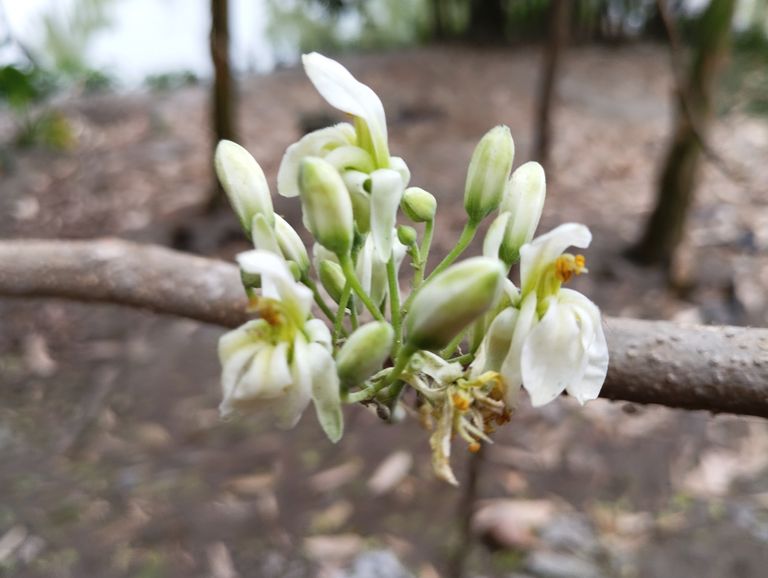

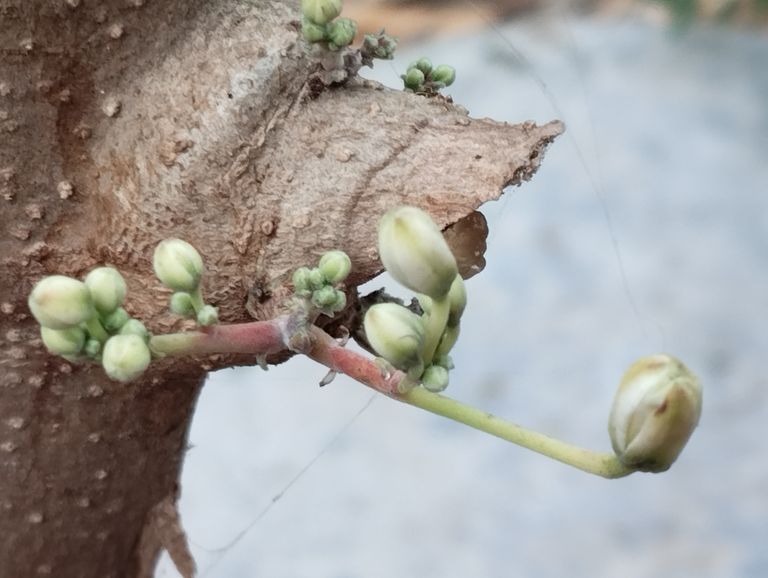
Najma Data Recipe – A Traditional Bengali Delight
If you're looking for an authentic Bengali dish that’s packed with flavor and nutrition, Najma Data is a fantastic choice. This traditional lentil-based dish, rich in vegetables and aromatic spices, is perfect for a comforting meal. Whether served with steamed rice or paired with flatbread, it never fails to impress. In this blog, we'll explore the step-by-step process of making Najma Data, including its ingredients, cooking method, and variations.
What is Najma Data?
Najma Data is a hearty, wholesome lentil stew often prepared in Bengali households. The term "Data" refers to drumsticks (vegetable) in Bengali cuisine. These drumsticks, combined with lentils, vegetables, and a mix of aromatic spices, create a comforting dish that is both flavorful and nutritious.
Ingredients for Najma Data
To make Najma Data, you will need the following ingredients:
For the Lentils (Dal):
1 cup moong dal (yellow lentils) or masoor dal (red lentils)
4 cups water
1 teaspoon turmeric powder
1 teaspoon salt
For the Vegetable & Spice Mix:
2 drumsticks (cut into 2-inch pieces)
1 medium potato (cubed)
1 small carrot (chopped, optional)
1 tomato (chopped)
2 tablespoons mustard oil (or vegetable oil)
1 teaspoon panch phoron (Bengali five-spice mix)
1 teaspoon cumin powder
1 teaspoon coriander powder
1/2 teaspoon red chili powder (adjust as per taste)
1/2 teaspoon garam masala powder
2-3 green chilies (slit, optional)
1 tablespoon grated ginger
1 teaspoon sugar (optional, for balancing flavors)
Fresh coriander leaves for garnish
Step-by-Step Cooking Instructions
Step 1: Cooking the Lentils
- Wash the moong dal (or masoor dal) thoroughly and drain.
- In a pot, add the dal, turmeric powder, salt, and water.
- Let it boil on medium heat until the lentils are soft and fully cooked. If using a pressure cooker, cook for 2-3 whistles.
- Once cooked, mash the dal slightly for a thicker consistency and set aside.
Step 2: Preparing the Drumsticks and Vegetables
- Heat mustard oil in a pan until it starts smoking slightly. Reduce heat.
- Add panch phoron and let it splutter.
- Add grated ginger and sauté for a few seconds.
- Add chopped tomatoes, cumin powder, coriander powder, red chili powder, and sugar. Stir well and cook until the tomatoes turn soft.
- Add potatoes, carrots, and drumsticks. Mix well with the spices.
- Cover and cook on low heat for 5-7 minutes until the vegetables soften slightly.
Step 3: Combining Everything
- Pour the cooked dal into the vegetable mixture and mix well.
- Add green chilies and let the dish simmer for 10 minutes on low heat.
- Sprinkle garam masala powder and stir. Adjust salt as needed.
- Turn off the heat and let it rest for a few minutes before serving.
Serving Suggestions
Najma Data is best enjoyed with:
Steamed basmati rice or gobindobhog rice
Soft roti or paratha
A side of fried eggplant (begun bharta) or fried papad
Tips & Variations
✔ Roasting the Dal: Before boiling, dry roast the moong dal until golden brown for an extra nutty flavor.
✔ Alternative Lentils: Instead of moong dal, you can use masoor dal or a combination of both.
✔ Extra Flavor: Add a bay leaf and a pinch of asafoetida (hing) for more depth in taste.
✔ Make it Vegan: This dish is already vegan, but you can enhance its flavor by adding a little coconut milk.
✔ Protein Boost: Add a handful of soaked chickpeas or tofu cubes for extra protein.
Health Benefits of Najma Data
✅ Rich in Protein & Fiber – Lentils provide plant-based protein and dietary fiber for a healthy digestive system.
✅ Great for Heart Health – Mustard oil and lentils help regulate cholesterol levels.
✅ Boosts Immunity – The turmeric, ginger, and green chilies have antibacterial properties.
✅ Low-Calorie & Nutrient-Dense – This dish is a perfect choice for weight management.
Final Thoughts
Najma Data is a simple yet flavorful Bengali dish that brings warmth and comfort to any meal. Whether you're new to Bengali cuisine or a seasoned cook, this recipe is easy to make and highly satisfying. Try it today and experience the rich flavors of Bengal!
Have you tried this recipe? Let us know your experience in the comments below.
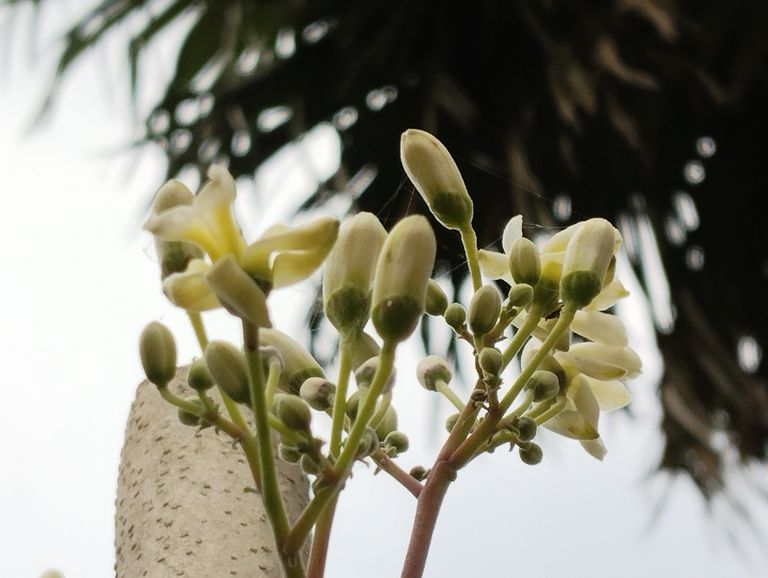

Nazmer Data Chase: The Future of Information Warfare
Introduction
In the digital age, data is the new gold. Governments, corporations, and cybercriminals are constantly chasing valuable information to gain a competitive edge. This phenomenon, known as "data chase," has become a crucial part of modern warfare, business intelligence, and personal privacy. One such fascinating case in the world of data intelligence is the mysterious figure known as Nazmer, who has been at the center of several high-profile data leaks and cyber espionage incidents.
This article explores the concept of data chase, Nazmer’s role in the world of information warfare, and what it means for the future of cybersecurity.
What is a Data Chase?
A data chase refers to the pursuit of sensitive information, whether for political, financial, or strategic advantages. This can involve:
Cyber Espionage: Governments hacking into rival nations’ systems to steal classified intelligence.
Corporate Data Theft: Competitors stealing trade secrets to gain an edge in the market.
Personal Data Exploitation: Hackers accessing individuals’ private information for fraud or manipulation.
With the rise of AI and quantum computing, data chases have become more sophisticated, making it harder to track and prevent breaches.
Who is Nazmer?
Nazmer is a pseudonym used by an unknown hacker or cyber-intelligence group that has gained notoriety in the cyber world. Some believe Nazmer is an individual with extraordinary coding skills, while others speculate it is a team backed by a powerful entity.
Nazmer first appeared in the headlines after leaking sensitive government documents that exposed corruption and unethical surveillance programs. Over the years, the entity has been linked to:
Major corporate espionage incidents.
High-profile leaks revealing unethical AI research.
Decentralized data networks that make information public without censorship.
The Rise of Data Warfare
Nazmer’s actions highlight the increasing role of data in modern warfare. Cyberattacks now have the potential to cause more damage than traditional weapons. Key developments include:
- Nation-State Cyber Conflicts
Countries like the US, China, and Russia invest billions in cyber defense and offense. Cyber warfare tactics include:
DDoS Attacks: Flooding a system with traffic to shut it down.
Zero-Day Exploits: Attacking software vulnerabilities before they are patched.
Misinformation Campaigns: Spreading false narratives to manipulate public opinion.
- The Power of AI in Data Chase
Artificial Intelligence plays a critical role in data espionage. AI algorithms can:
Analyze massive datasets within seconds.
Predict cybersecurity vulnerabilities before they are exploited.
Automate hacking techniques to breach highly secure systems.
- Decentralization and Data Leaks
With increasing censorship and government surveillance, anonymous networks like blockchain-based data sharing platforms are emerging. These platforms make it difficult for authorities to track leaks, allowing entities like Nazmer to expose corruption without being detected.
The Ethics of Data Chase
While some argue that exposing classified information is necessary for transparency, others believe it endangers national security. Questions that arise include:
Should governments have unrestricted access to citizens’ data?
Do whistleblowers like Nazmer serve the public good or create chaos?
How can individuals protect themselves from data theft?
How to Protect Your Data
In a world where data is constantly being chased, individuals and businesses must take steps to secure their information:
- Use Strong Encryption
Encrypt sensitive files and communications to prevent unauthorized access.
- Implement Multi-Factor Authentication (MFA)
MFA adds an extra layer of security beyond passwords.
- Stay Updated on Cybersecurity Trends
Hackers constantly evolve their tactics, so staying informed helps in defending against new threats.
- Use Decentralized Platforms
Platforms like blockchain-based data storage enhance security by removing central points of failure.
The Future of Data Chase
With the rise of quantum computing, AI-driven cyber attacks, and anonymous data-sharing networks, the future of data chase is unpredictable. Entities like Nazmer may continue to disrupt traditional power structures, forcing governments and corporations to rethink their approach to cybersecurity.
Whether data chase leads to a more transparent world or a more chaotic one depends on how technology is used and regulated in the coming years.
Conclusion
Nazmer’s involvement in high-profile data chases represents a new era of cyber warfare and information control. As digital battles intensify, individuals, businesses, and governments must remain vigilant to protect their data while balancing the need for transparency and security.
The question remains: In the race for information, who will emerge victorious—the defenders of secrecy or the champions of open knowledge.
